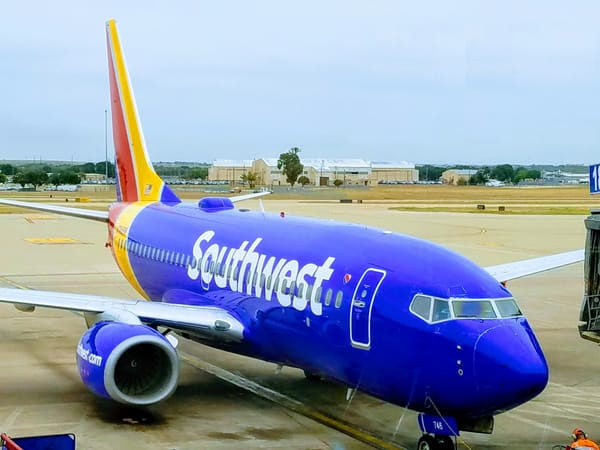Exploring the Galapagos Islands Sustainably and Safely
Explore the Galapagos Islands responsibly to preserve their unique ecosystems while enjoying sustainable travel adventures.
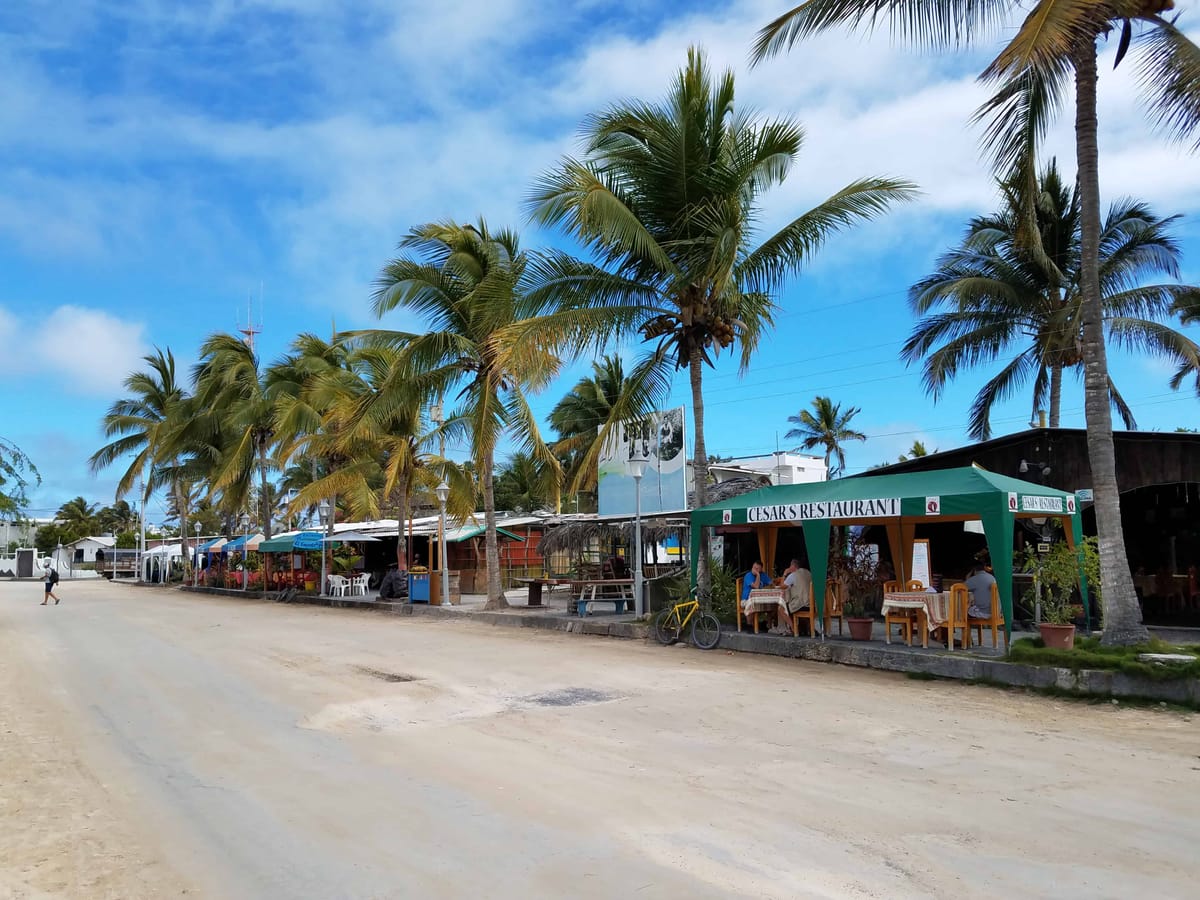
The Galapagos Islands, that rare archipelago immortalized by Charles Darwin, are fighting to maintain their wild side. Mention that you’re planning a trip to family and friends, and the excitement is palpable. It’s a dream destination but popularity has its drawbacks. In this remote place human and wild species must mingle carefully. Before you go, think about how you can contribute to exploring the Galapagos Islands sustainably and safely.
Preservation and Caution
The islands have learned the hard way about the destructive power of invasive species and in this remote life incubator delicate balances thrown out of alignment can be devastating. Unintended consequences nearly wiped out land turtles on San Cristobal Island after whalers introduced goats. Unfortunately, the prickly pears they found tasty were an important part of turtle diets.
Pigs, rats, cats and dogs decimated brush turning vast areas into desert. Imported insects nearly wiped out the Mangrove Finch after their larva attacked hatchlings. The Galapagos National Park, the Charles Darwin Foundation and others are working hard to control and eradicate damaging pests. There are success stories such as the introduction of an Australian ladybug which attacked cottony cushion scale that threatened more than sixty native plants. It seems to be working.
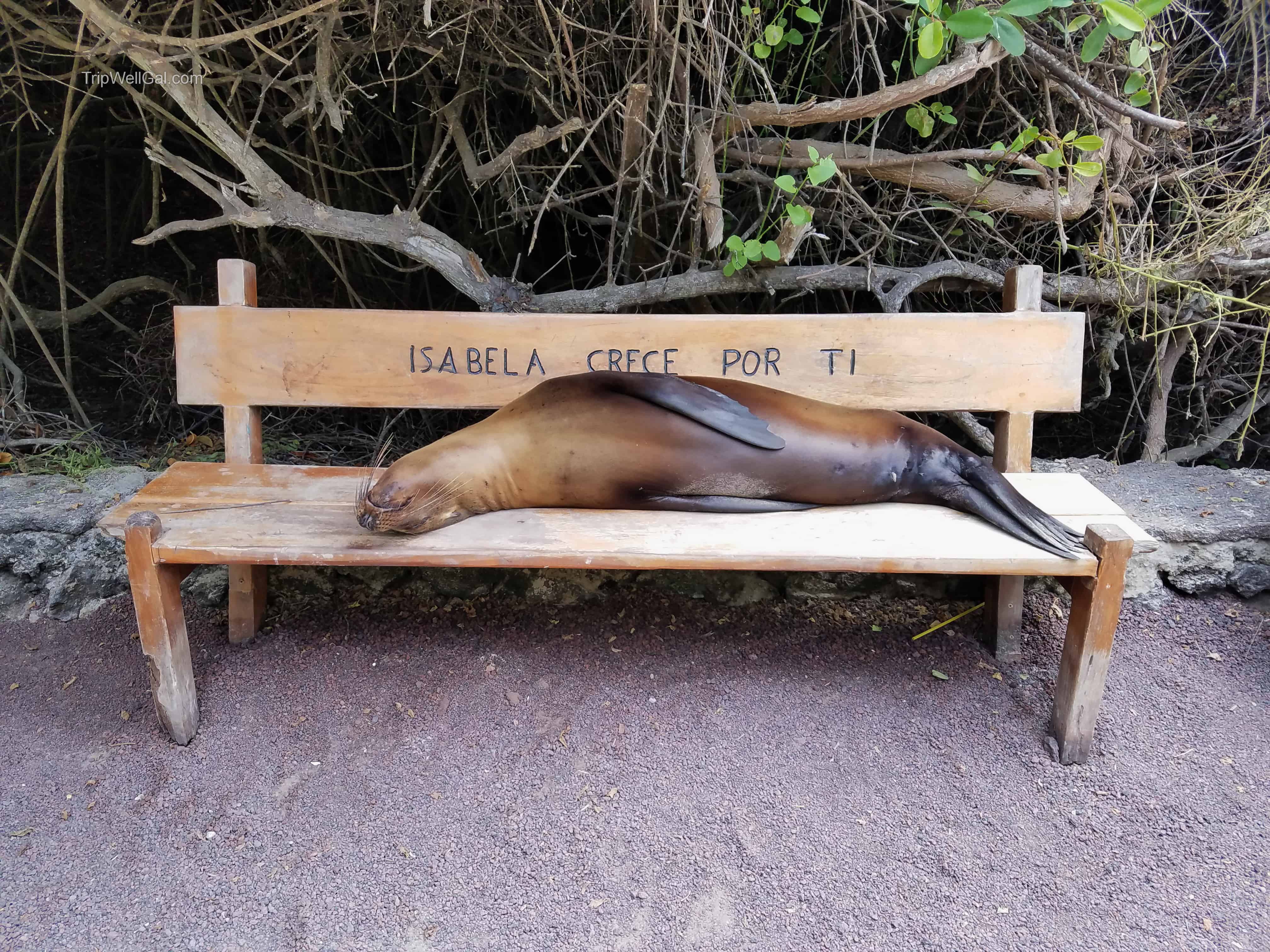
Cruise ships are limited annually to eighty-seven and itineraries are carefully managed to minimize the impact of visitors on animals and fauna. Each operator must carry a certified Naturalist and they wear their uniforms with pride. There is a diverse audience for exploring the Galapagos. The smaller day boats often host junior experts while the luxury ships carry senior naturalists.
Cruise Ship Touring
Each evening on the Latin Trails ship, the Sea Star, guests are introduced to the next day’s trip. On special nights there may be a presentation about the islands’ history and species. Excursion outlines include which wildlife to expect. What gear to bring and activity levels are explained. For example, most of the islands are uninhabited and have no piers.

The naturalist will outline where the small zodiacs will land and whether it will be a wet or dry landing. With wet, you prepare to step off the boat into shallow water and wade over to trails onshore. Dry landings are deftly managed by skippers who nose the small boats close to platforms or rocks for landing.
Once onshore be prepared to walk along sparsely marked paths and follow instructions. It may take some adjustment to get accustomed to wildlife that’s not afraid of humans! If you want to take a picture away from the path or group, ask the guide. It’s no fun, or at worst dangerous, having a territorial iguana flare or a bird take off because someone stepped too close.
Rare Cooperation and History on Floreana Island
The Naturalist’s expertise ensures that each stop is the best it can be. They provide invaluable insights about animals’ colors, life cycles and behavior, both animal and human. It would be easy to miss the make-shift memorial at Post Office Bay on Floreana where an ingenious mail delivery system was devised during the days when whalers visited the Galapagos Islands.

Often at sea for years sailors suffering from homesickness and lack of communication led to the creation of a unique system. A barrel stands at a spot well above high tide line. Here sailors would leave letters for loved ones and take letters to deliver when they returned home. Today visitors still drop postcards and deliver thousands each year.
Stepping Lightly While Exploring the Galapagos Islands
Another small group may be on the island at the same time and multiple trails help to avoid trampling plants or disturbing animals. It’s all for the greater good as there’s nothing quite like stepping around a sleeping pile of giant iguana and preserving the memories with close ups. Frigate birds and Blue Footed Boobies nest close to trails. Curious baby seals roll onto pathways and waddle close to humans. With care, they’ll be that calm forever.
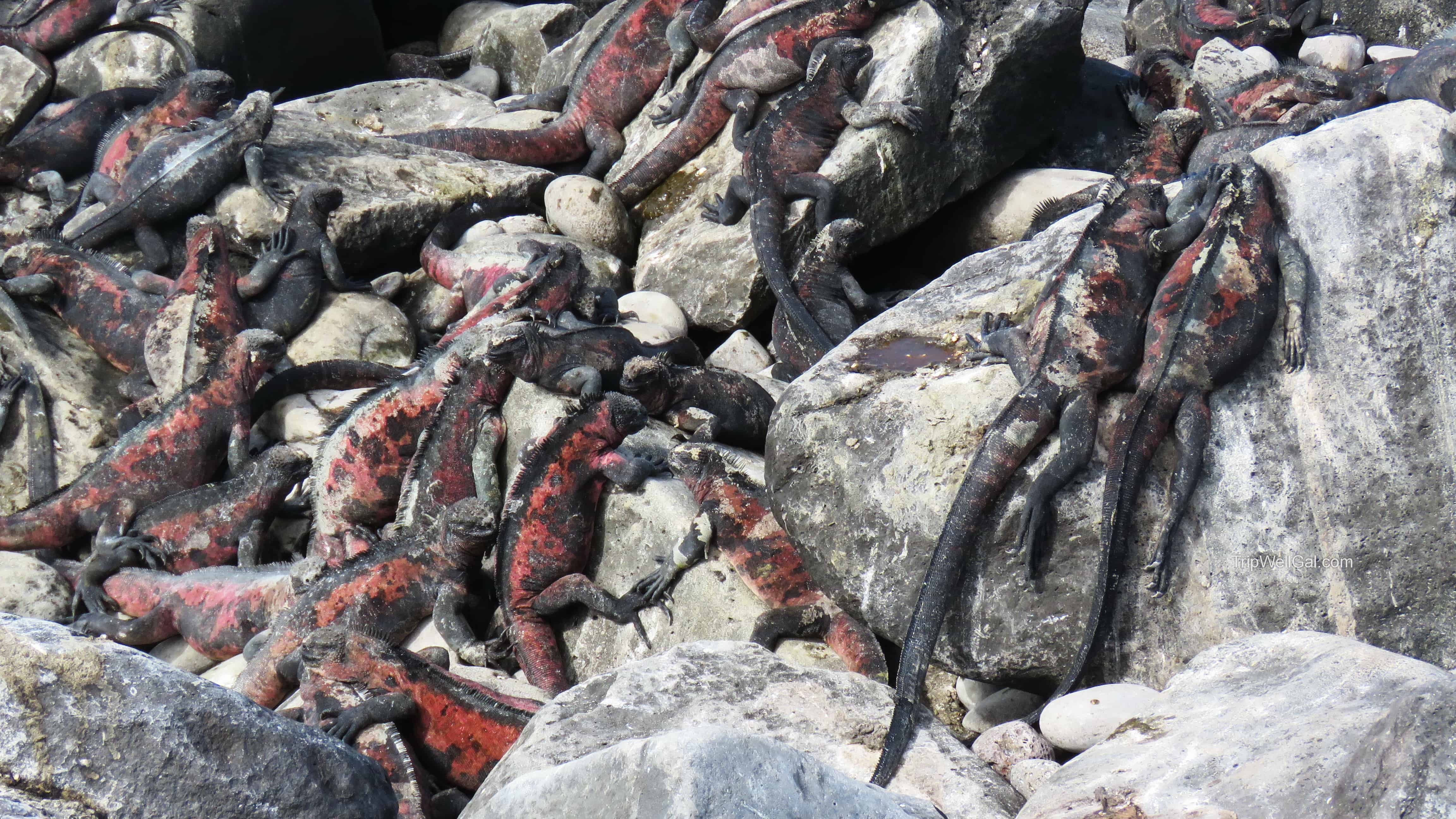
Where to Stay on the Galapagos Islands
Not everyone can afford a luxurious ocean cruise but cost-conscious travelers still can explore the islands. There are unavoidable expenses such as entry and park fees, the flight to and from the mainland but at least three of the islands offer accommodations from budget to expensive. Allowable camping permits must be reserved, and campers are restricted to specific sites.
On San Cristobal, the capital of the province and port city of Puerto Baquerizo Moreno has several small hotels and hostels. San Isabela Island hosts many small inns and hostels. On Santa Cruz Island, Puerto Ayora, the largest city in the Galapagos, is buzzing with new buildings, small hotels and boarding houses.

All this tourism is a boon to a local economy that short of artisanal fishing, struggles to get by. At the same time there are growing concerns that servicing all these visitors will strain slim resources and open the islands to more destructive species that could destroy delicate ecosystems unaccustomed to outside competition.
Getting Around
Each of the cities offer tours and water adventures for independent travelers. Tickets can be purchased a day or two ahead, but most encourage online reservations. Getting between islands is possible on small speed boats that are inexpensive but often long and bumpy rides.
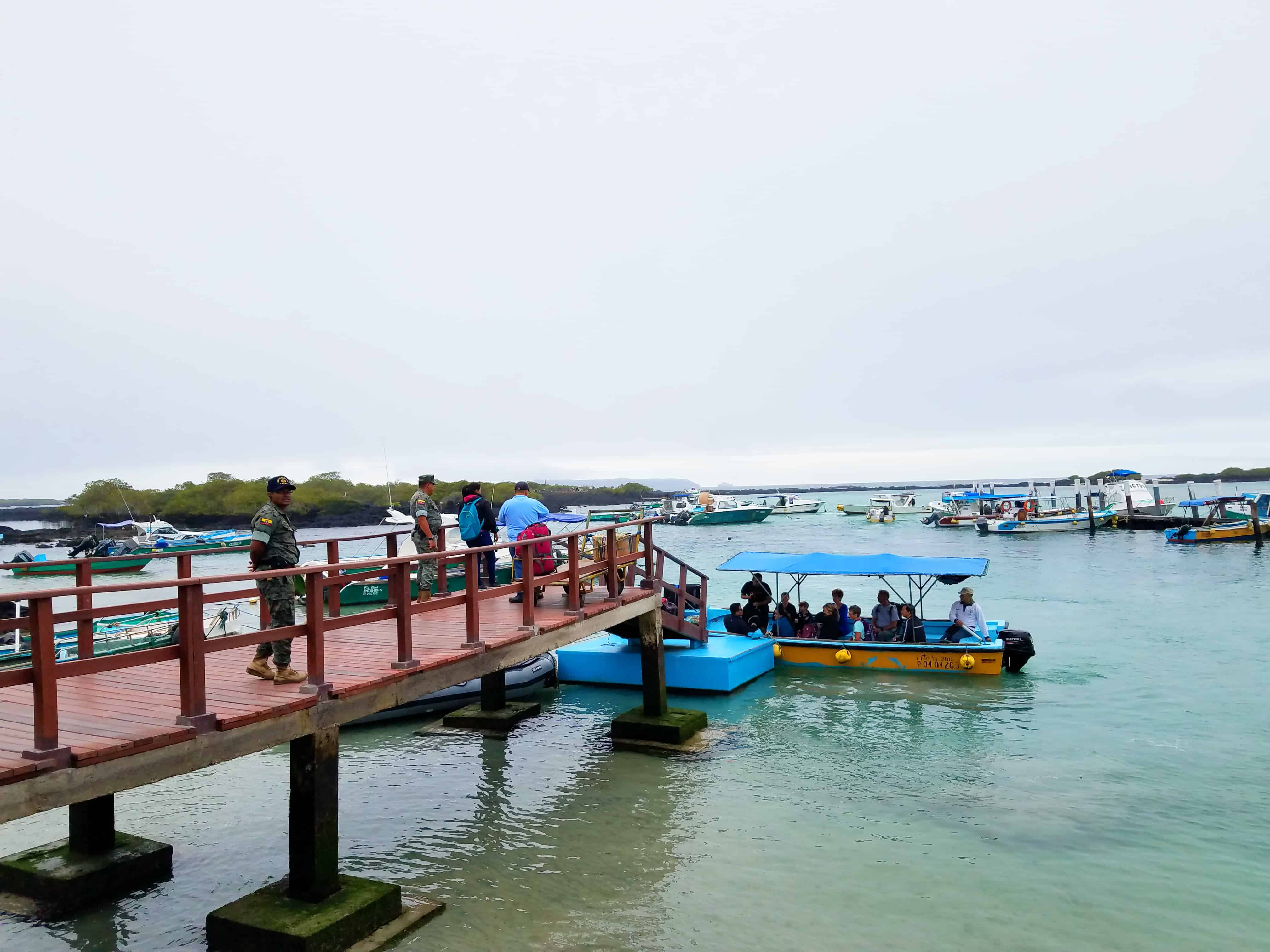
There are taxis on Santa Cruz, as well as shuttles and public buses. One local airline has a few flights between the two main island airports but with limited seats reservations can only be guaranteed in advance. Read more about Getting around Galapagos on MilesGeek.
Be Part of the Solution When Exploring the Galapagos Islands
Guarantee that your Galapagos adventure will be a success for you and for the islands by choosing your activities with care. Pay attention to the restrictions necessary to preserve the islands well into the future. With balance, Tourism may guarantee the endurance of the Galapagos Islands.



